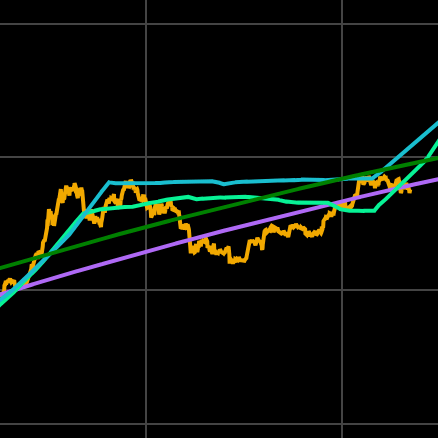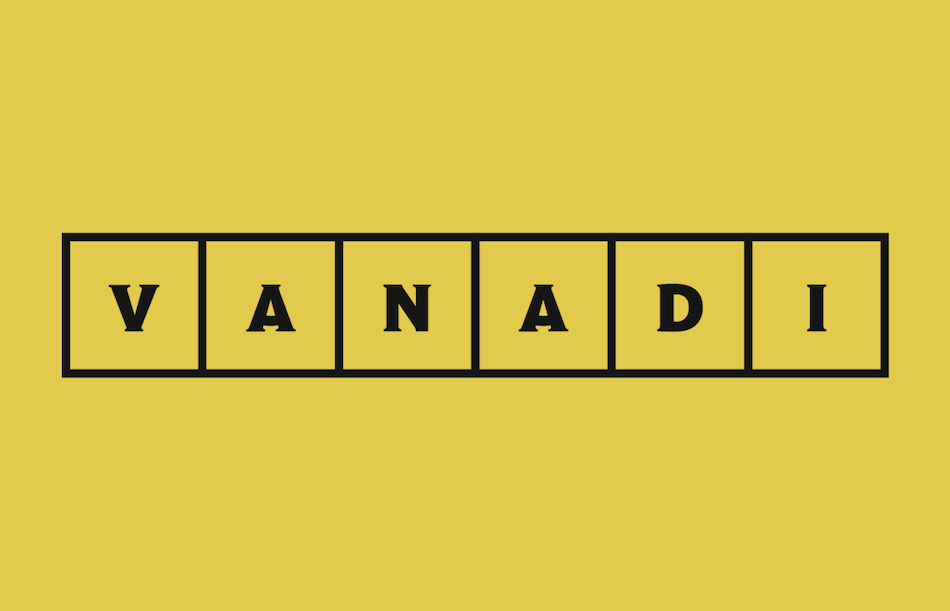
Key Takeaways
- Bitcoin mining difficulty dropped 7.5%, the biggest fall since July 2021.
- The decline followed a network hashrate slump due to U.S. heatwaves and miner curtailment.
- Hashprice briefly increased, offering miners temporary relief before likely dropping again.
Bitcoin mining difficulty underwent a 7.5% decrease on Sunday, marking the largest negative adjustment since July 2021.
The adjustment occurred at block height 903,168, bringing the difficulty down from 126.41 trillion to 116.96 trillion.
This shift follows a notable decrease in the network’s hashrate over recent weeks, as reported by Mempool and can be tracked via the bitcoin mining difficulty chart.
Impact of heatwaves and curtailment
The recent decline is attributed to curtailment at mining sites across the U.S., especially Texas, where early summer heatwaves prompted grid operators to incentivize miners to reduce activity for energy credits.
As a result, the network’s average hashrate dropped from 902 EH/s to 838 EH/s before the adjustment.
For current and historical hashrate data, see the bitcoin hashrate chart.
Hashprice
Following the adjustment, hashprice—a metric indicating miner revenue per unit of hashrate—briefly rebounded toward $60 per PH/s per day, giving a temporary boost to remaining miners.
However, as more miners return online, the hashprice is expected to fall again, continuing its downward trend.
The hashprice chart provides further insight into these fluctuations.
Historical context
This 7.5% drop is the largest since the 28% plunge seen in the aftermath of China’s 2021 ban, which forced miners to relocate globally.
The event surpassed a 7% decline during the bear market of December 2022.




